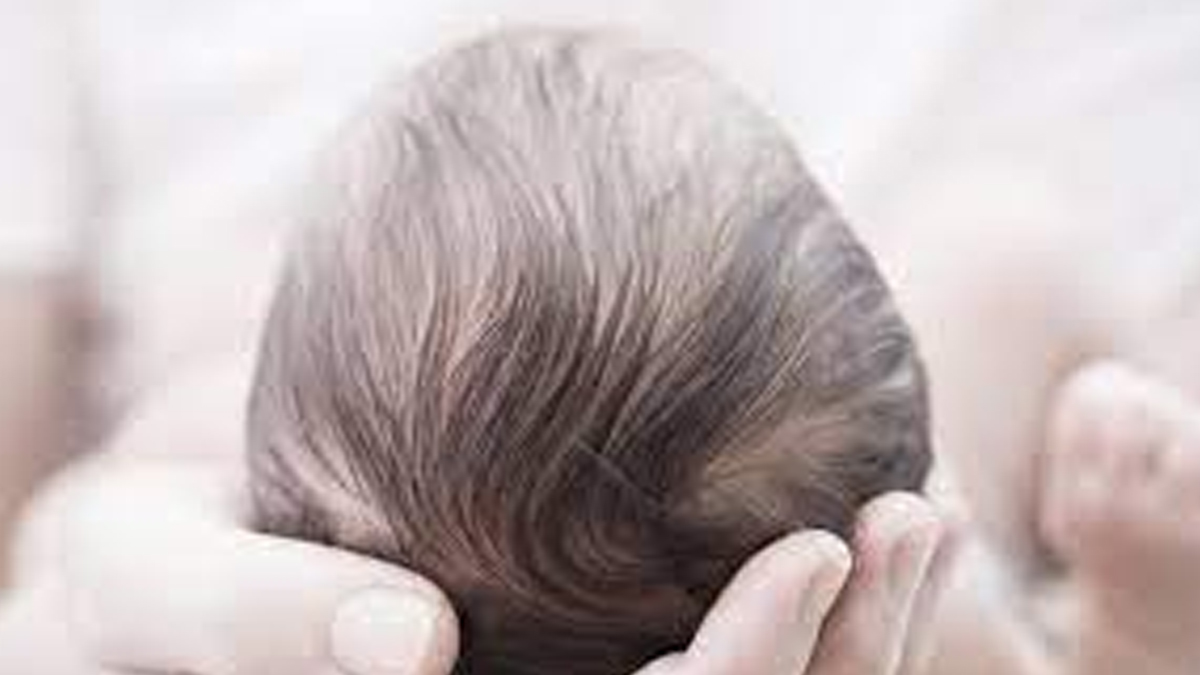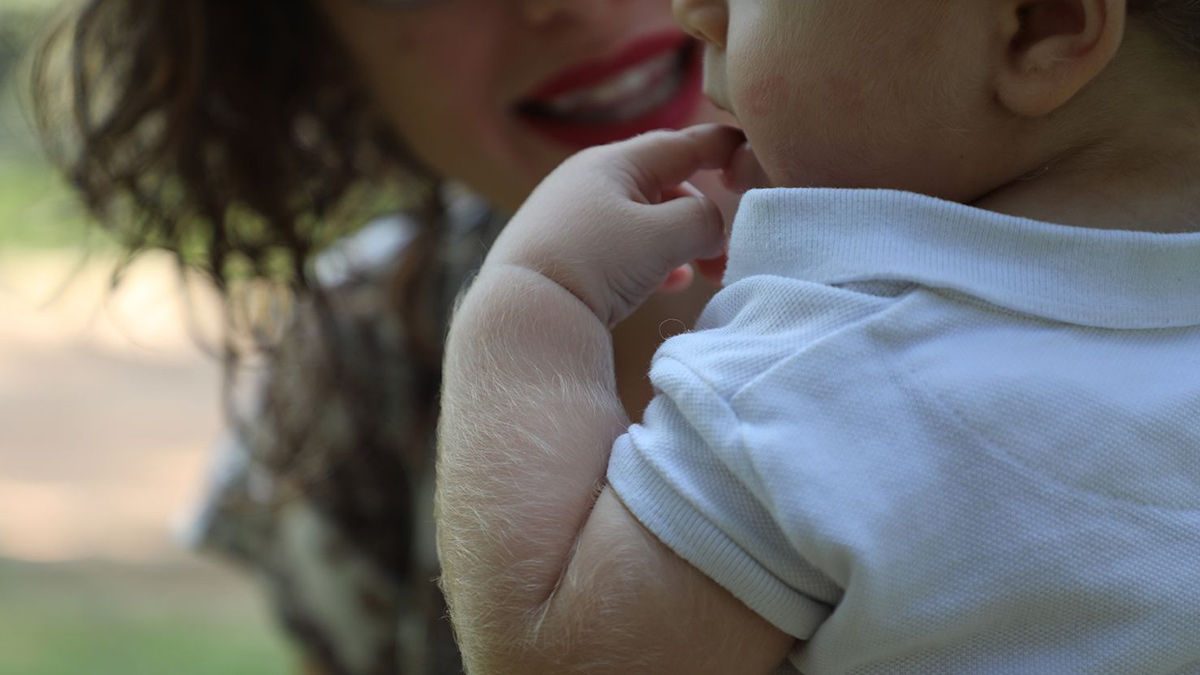
In an unusual medical event that puzzled parents and healthcare professionals alike, 11 babies across Europe mysteriously developed hypertrichosis, a rare condition also known as ‘werewolf syndrome.’ Characterized by abnormal and excessive hair growth all over the body, including the face, hypertrichosis is startling in appearance and rare in occurrence. This case, however, had a surprising and unexpected cause: exposure to a common hair regrowth medication.
Table of Content:-
Let’s delve into how these babies developed this rare condition and what steps are now being taken to prevent similar incidents in the future.
Understanding Hypertrichosis or ‘Werewolf Syndrome’
Hypertrichosis is a rare disorder marked by an excessive growth of hair on any part of the body. In severe cases, hair may cover the entire body, giving rise to the nickname ‘werewolf syndrome.’ This condition can be congenital (present from birth) or acquired due to various factors, such as certain medications, illnesses, or hormonal imbalances.
In this European incident, the disorder presented suddenly and dramatically in infants who were previously healthy. Medical experts were baffled until they traced the condition back to an unexpected source: a topical medication commonly used by adults for hair regrowth.

The Role of Minoxidil in the Mystery
After thorough investigations, it was found that the babies had been inadvertently exposed to minoxidil, a key ingredient in many hair loss treatments. Minoxidil is a vasodilator that works by increasing blood flow to hair follicles, promoting hair growth. It is generally considered safe for adult use and is often prescribed for baldness or alopecia areata, an autoimmune disorder that causes patchy hair loss.
In these cases, caregivers who had been using minoxidil unknowingly transferred the medication to the infants. This exposure likely occurred through skin-to-skin contact, or in some instances, the babies may have ingested small amounts orally. Even though minoxidil is safe for adults, infants have delicate skin and immature immune systems that can respond dramatically to potent substances.
Also Read: Balenciaga's New Barefoot 'Zero' Shoes Sparks Debate Online — But Are They Good for Your Health?
Discovery and Investigation in Spain
The first sign of trouble emerged when a baby boy in Spain began showing unusual and excessive hair growth on his back, legs, and thighs over a span of two months. Concerned, the baby’s family sought medical advice. This prompted Spain's Pharmacovigilance Center of Navarre (CFN) to launch an investigation in April 2023.
The investigation revealed a cluster of similar cases, all pointing to exposure to minoxidil. The infants’ caregivers had been using the medication for personal hair loss treatment, not realizing the potential for accidental transfer. This finding highlighted a critical oversight in the safety guidelines for these products.

Why Babies Are Vulnerable to Minoxidil Exposure
Infants are particularly sensitive to strong medications due to their developing physiology. Their skin is thinner and more permeable, making it easier for topical substances to enter their bloodstream. Their immature immune systems are also less equipped to handle foreign substances, which can lead to exaggerated reactions.
Minoxidil can cause irritation, redness, and other side effects even in adults, so its impact on infants can be far more severe. In this case, the babies’ exposure led to hypertrichosis, a condition that thankfully reversed once the exposure was stopped.
Also Read: Taylor Swift Faces Possible 'Health Risk' After Eras Tour Finale; Understanding The Let-Down Effect
Corrective Measures and New Warnings
Once the connection between minoxidil and hypertrichosis was established, steps were taken to prevent future incidents. Health authorities in Europe mandated that all minoxidil products include clear warnings advising users to avoid contact with children after application. Users are now instructed to thoroughly wash their hands and prevent skin-to-skin contact with infants to avoid accidental exposure.
These new guidelines are designed to raise awareness and ensure that caregivers using hair regrowth treatments are cautious around children, protecting the youngest members of society from inadvertent harm.
Lessons Learned and Moving Forward
This bizarre episode of ‘werewolf syndrome’ serves as a stark reminder of the unintended consequences that can arise from medications. While minoxidil is a beneficial treatment for adults dealing with hair loss, its potential risks for infants must not be overlooked.
Healthcare professionals now emphasize the importance of understanding how medications can transfer through casual contact. This case highlights the need for thorough guidelines, education, and awareness for anyone using potent topical treatments.
As for the affected babies, the condition subsided once the exposure stopped, and they are reportedly on their way to normal health. However, the mystery of how a routine medication led to such an unusual and alarming outcome is one that will remain in medical case studies for years to come.
Hypertrichosis may be rare, but this incident underscores a broader message: vigilance with medications is crucial, especially when children are involved.
Also watch this video
Read Next
Jamie Foxx Addresses His Mysterious 2023 Health Scare In A Netflix Special; Know All About It
How we keep this article up to date:
We work with experts and keep a close eye on the latest in health and wellness. Whenever there is a new research or helpful information, we update our articles with accurate and useful advice.
Current Version
